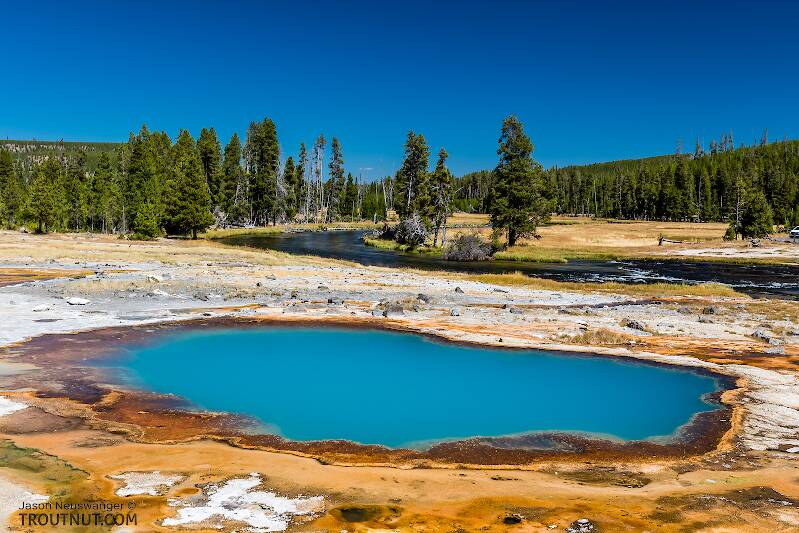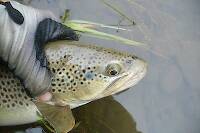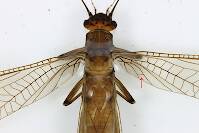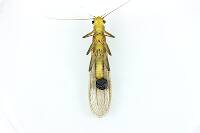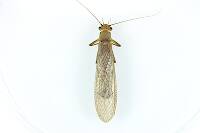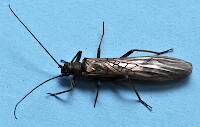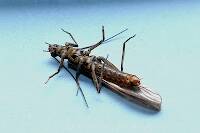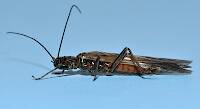
Hex Mayflies
Hexagenia limbata
The famous nocturnal Hex hatch of the Midwest (and a few other lucky locations) stirs to the surface mythically large brown trout that only touch streamers for the rest of the year.
Featured on the forum

This is the first of it's family I've seen, collected from a tiny, fishless stream in the Cascades. The three species of this genus all live in the Northwest and are predators that primarily eat stonefly nymphs Merritt R.W., Cummins, K.W., and Berg, M.B. (2019).

Troutnut is a project started in 2003 by salmonid ecologist Jason "Troutnut" Neuswanger to help anglers and
fly tyers unabashedly embrace the entomological side of the sport. Learn more about Troutnut or
support the project for an enhanced experience here.
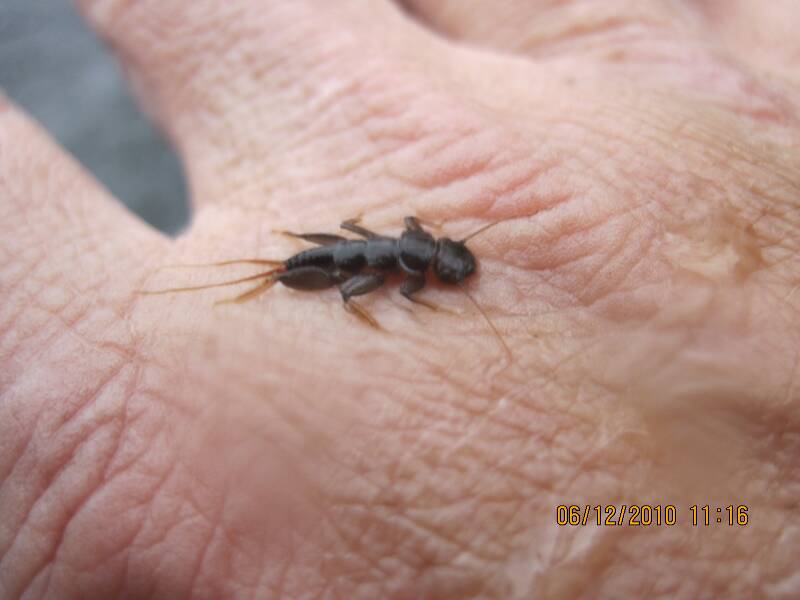
Cstiles
Posts: 2
Posts: 2
Cstiles on Jun 13, 2010June 13th, 2010, 1:28 am EDT
I have seen several of these nymphs over the years but Not sure what they are or what the adult looks like. Any help would be appreciated.
Chris
Chris
GONZO on Jun 13, 2010June 13th, 2010, 4:33 am EDT
Chris,
Your stonefly nymph looks like Paragnetina media. This is one of the most common large perlids in much of the East and Midwest. The adults are dark-winged with yellowish bellies. They look like this: http://bugguide.net/node/view/404851/bgimage
Your stonefly nymph looks like Paragnetina media. This is one of the most common large perlids in much of the East and Midwest. The adults are dark-winged with yellowish bellies. They look like this: http://bugguide.net/node/view/404851/bgimage
Cstiles
Posts: 2
Posts: 2
Cstiles on Jun 13, 2010June 13th, 2010, 8:56 am EDT
Gonzo,
Thanks for the ID. The Schroon is so loaded with different types of stone flies, It's hard to keep track of all of them. The big goldens (Acroneuria carolinensis) are predominate. I estimate that 80% of the trout bug volume is made up of caddis and stones. Mayflies and ants making up the final 20%.
Thanks again,
Chris
Thanks for the ID. The Schroon is so loaded with different types of stone flies, It's hard to keep track of all of them. The big goldens (Acroneuria carolinensis) are predominate. I estimate that 80% of the trout bug volume is made up of caddis and stones. Mayflies and ants making up the final 20%.
Thanks again,
Chris
Quick Reply
Related Discussions
Topic
Replies
Last Reply
2
Feb 8, 2011
by Pryal74
by Pryal74
8
Mar 10, 2010
by Martinlf
by Martinlf
2
Jan 19, 2010
by Dkak
by Dkak
9
Jun 17, 2015
by Oldredbarn
by Oldredbarn

